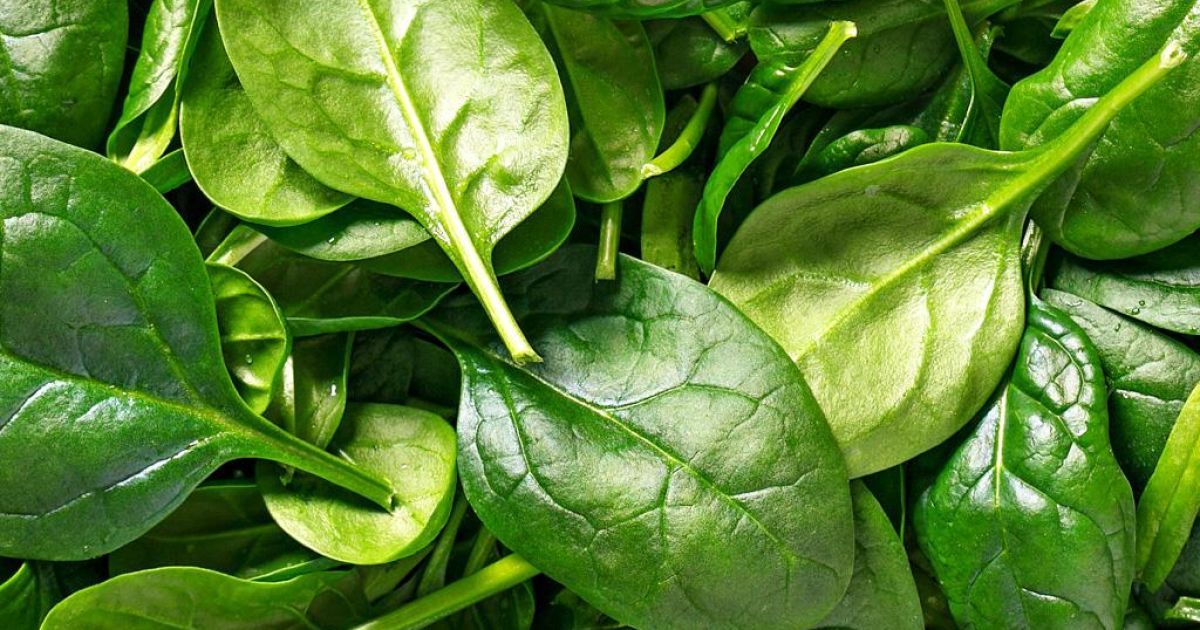Spinach is one of the most popular leafy greens in the world due to its health benefits and ease of cultivation. This crop thrives in open soil, greenhouses, and even on a windowsill at home. However, even such a low-maintenance plant requires proper conditions to produce a great yield. In this article, we’ll explore how to properly plant spinach to enjoy fresh, juicy greens all season long. As noted by the Baltimore Chronicle, following proper agricultural techniques significantly improves your chances of success.
When to Plant Spinach: Choosing the Best Time
Spinach is a cold-resistant crop that handles spring and autumn frosts well. This means it can be sown as early as late March or early April when the soil temperature reaches +4…+6°C (39–43°F).
Ideal Planting Periods:
- Spring sowing: March – April
- Summer sowing: Late June – early July (for a fall harvest)
- Autumn sowing: October – for overwintering and an early spring crop
Early plantings yield the best results, as spinach grows best in cooler temperatures. During hot months, it tends to bolt quickly, becoming tough and bitter.
Soil Preparation and Site Selection
For optimal spinach growth, choose a fertile, well-drained soil. The plant dislikes water stagnation and high soil acidity.
Soil Requirements:
- Type: Loam or sandy loam
- pH level: 6.5–7.5 (neutral)
- Structure: Loose, light, humus-rich
Before sowing, dig the plot 20–25 cm deep, remove weeds, and apply compost or humus (2–3 kg/m²). If the soil is too acidic, add lime or dolomite flour.
How to Properly Sow Spinach
Spinach is sown directly into open ground or greenhouses. Seeds are planted at a depth of 1.5–2 cm in moist soil.
Step-by-Step Spinach Sowing:
- Create furrows 2 cm deep, spaced 20–25 cm apart.
- Soak seeds in water for 12 hours to improve germination.
- Space seeds 4–5 cm apart in the rows.
- Cover lightly with soil and gently press down.
- Water the bed moderately without flooding.
For continuous harvests, sow spinach in waves every 10–14 days.
Spinach Care: Key Maintenance Tips
After sowing, it’s essential to keep the soil moist, control weeds, and thin the seedlings.
Basic Care Tasks:
- Watering: Regular, preferably in the morning or evening
- Thinning: 7–10 days after sprouting, leave 7–10 cm between plants
- Feeding: Use organic or mineral fertilizers (e.g., ammonium nitrate)
- Mulching: Retains moisture and suppresses weeds
Choosing the Right Spinach Varieties
There are many spinach varieties that differ in ripening time, resistance to bolting, and growing conditions.
| Spinach Variety | Leaf Type | Ripening Time | Features |
|---|---|---|---|
| Matador | Smooth | 40–45 days | Cold-resistant |
| Viro | Crinkled | 35–40 days | Ideal for spring |
| Giant | Smooth | 50–55 days | High-yielding |
| Space F1 | Crinkled | 30–35 days | Early hybrid variety |
Choose varieties based on the season and desired growing time.
Common Mistakes When Planting Spinach
Even experienced gardeners may make mistakes that reduce spinach yield.
Most Common Errors:
- Overcrowded sowing – plants compete for light
- Incorrect seed depth
- Inadequate or excessive watering
- Sowing during hot weather – leads to bolting
- No thinning of seedlings
Avoiding these mistakes ensures a healthy and tasty harvest.
How to Harvest Spinach
Spinach is ready to harvest when leaves reach 6–10 cm in length. It’s best to harvest early in the morning.
Tips:
- Cut leaves with scissors or by hand 2–3 cm above the soil
- Don’t wait too long – mature leaves become tough
- A second harvest is possible after 2–3 weeks
Spinach can be frozen, dried, or eaten fresh.
Growing Spinach Indoors
Spinach is easy to grow at home—on a balcony or windowsill. You’ll need containers with drainage, light soil, and plenty of sunlight.
What You’ll Need:
- A container at least 15 cm deep
- A mix of soil, sand, and compost
- Sow 3–4 seeds per 10 cm
- Water every other day
- Use grow lights in winter – 10–12 hours of light
Indoor spinach is a great source of vitamins year-round.
Benefits of Growing Spinach
Spinach is not only tasty but offers numerous health and practical benefits:
- Rich in iron, calcium, vitamins A, C, and K
- Easy to grow
- Fast-maturing
- Suitable for freezing
- Great for organic gardening
It’s ideal even for beginners and yields results quickly.
Earlier we wrote about how to properly plant peppers for a good harvest.

